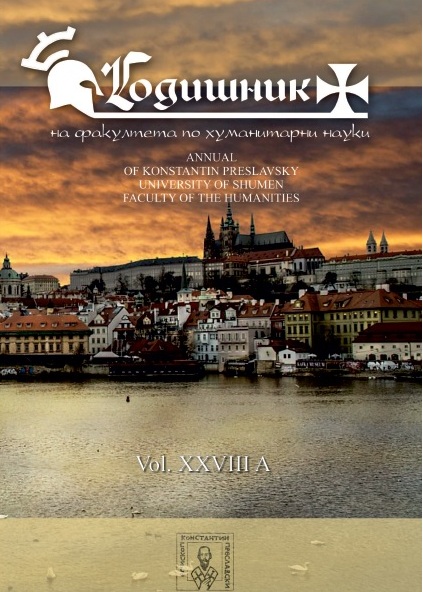Стилът себки хинди в класическата турска литература
Sebk-i hindi in classic Turkish literature
Author(s): Vejdi HasanSubject(s): Language and Literature Studies, Studies of Literature, Turkish Literature
Published by: Шуменски университет »Епископ Константин Преславски«
Keywords: Sebk-i Hindi; Style; Classic Turkish Literature
Summary/Abstract: In terms of its language and content, Divan Poetry was undoubtedly exposed to the most crucial change with Sebk-i Hindi which was significantly effective in the 17th and 18th centuries. Though the meaning and content aspects of this style capture the researchers’ attention, the meaning and content features eventuate through the new structures of the language used. The acarpous structures and combinations in the poems written under the influence of Indian style poses the most important problem for those who want to understand and explain this poem. Without resolving[analysing] these structures and contents, it seems impossible to enter the rich imagination and sense world of the Sebk-i Hindi. Symmetry which is made up of words in Classical Turkish Literature texts, new phraseologies and giving meaning are among the features that improve the depth of the meaning in the poetry. This style whch was seen as exaggeraton in Nefi’s poems, as hikem^ and unvoicednew meanings in Nabi’s poems has been seen first as hikemi meaning as Koca Ragip Pasha’s poems just like in Nabi’s poems. Sebk-i Hindi, which appeared in our literature evidently in the seventeenth century and which gave its examples that can be thought as masterpieces in the eighteenth century, reached to a new period with Divan of feyh Galip because Indian Style in Galip ’s poems include effects of the style in question that belong to Indian branch that is more complex and deeper in terms of meaning and content.
Journal: Годишник на Шуменския университет "Епископ Константин Преславски". Факултет по хуманитарни науки
- Issue Year: XXVIII/2017
- Issue No: 1
- Page Range: 80-90
- Page Count: 11
- Language: Bulgarian

